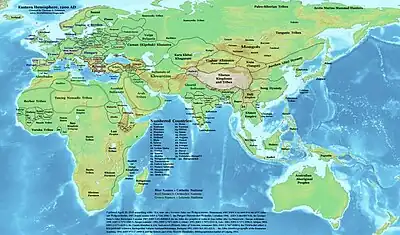Portal:Asia
 The Asia Portal
.svg.png.webp) Asia (/ˈeɪʒə/ ⓘ AY-zhə, UK also /ˈeɪʃə/ AY-shə) is the largest continent in the world by both land area and population. It covers an area of more than 44 million square kilometers, about 30% of Earth's total land area and 8% of Earth's total surface area. The continent, which has long been home to the majority of the human population, was the site of many of the first civilizations. Its 4.7 billion people constitute roughly 60% of the world's population, having more people than all other continents combined. Asia shares the landmass of Eurasia with Europe, and of Afro-Eurasia with both Europe and Africa. In general terms, it is bounded on the east by the Pacific Ocean, on the south by the Indian Ocean, and on the north by the Arctic Ocean. The border of Asia with Europe is a historical and cultural construct, as there is no clear physical and geographical separation between them. It is somewhat arbitrary and has moved since its first conception in classical antiquity. The division of Eurasia into two continents reflects East–West cultural, linguistic, and ethnic differences, some of which vary on a spectrum rather than with a sharp dividing line. A commonly accepted division places Asia to the east of the Suez Canal separating it from Africa; and to the east of the Turkish Straits, the Ural Mountains and Ural River, and to the south of the Caucasus Mountains and the Caspian and Black seas, separating it from Europe. China and India alternated in being the largest economies in the world from 1 to 1,800 CE. China was a major economic power and attracted many to the east, and for many the legendary wealth and prosperity of the ancient culture of India personified Asia, attracting European commerce, exploration and colonialism. The accidental discovery of a trans-Atlantic route from Europe to America by Columbus while in search for a route to India demonstrates this deep fascination. The Silk Road became the main east–west trading route in the Asian hinterlands while the Straits of Malacca stood as a major sea route. Asia has exhibited economic dynamism (particularly East Asia) as well as robust population growth during the 20th century, but overall population growth has since fallen. Asia was the birthplace of most of the world's mainstream religions including Hinduism, Zoroastrianism, Judaism, Jainism, Buddhism, Confucianism, Taoism, Christianity, Islam, Sikhism, as well as many other religions. (Full article...) Featured articleThe Javan rhinoceros (Rhinoceros sondaicus), Javan rhino, Sunda rhinoceros or lesser one-horned rhinoceros is a critically endangered member of the genus Rhinoceros, of the rhinoceros family, Rhinocerotidae, and one of the five remaining extant rhinoceros species across South Asia and Africa. The Javan rhinoceros is one of the smallest rhinoceros species, along with the Sumatran, or “hairy”, rhinoceros. They are superficially similar to Indian one-horned rhinos, as they have plate-like, “armored” protective skin folds, but are slightly smaller in size, at just 3.1–3.2 m (10–10 ft) long and 1.4–1.7 m (4.6–5.6 ft) tall, on average. The heaviest specimens weigh around 2,300 kg/2.3 tonnes (2.54 short tons), similar to an African black rhinoceros. However, unlike the long and potentially lethal horns of the black or white rhinoceroses of Africa, the Javan species’ single, somewhat blunted horn (only present on males) is usually shorter than 25 cm (9.8 in). Up until the mid-19th to about the early 20th century, the Javan rhinoceros had ranged beyond the islands of Java and Sumatra and onto the mainland of Southeast Asia and Indochina, northwest into East India, Bhutan, and the south of China. Today, it is the rarest of all rhinoceros, and among the rarest of all living animal species, with only one currently known wild population, and no individuals successfully kept in captivity. It is among the rarest large mammals on the planet Earth, with a population of approximately 74 rhinos within Ujung Kulon National Park, at the far western tip of Java, Indonesia. The Javan rhinoceros population in Vietnam’s Cat Tien National Park was declared locally extinct in 2011. (Full article...)Selected Country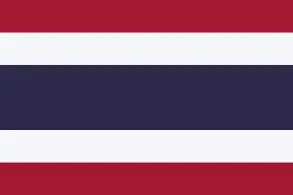 Thailand, officially the Kingdom of Thailand and historically known as Siam, is a country in Southeast Asia on the Indochinese Peninsula. With a population of almost 70 million, it spans 513,120 square kilometres (198,120 sq mi). Thailand is bordered to the north by Myanmar and Laos, to the east by Laos and Cambodia, to the south by the Gulf of Thailand and Malaysia, and to the west by the Andaman Sea; it also shares maritime borders with Vietnam to the southeast, and Indonesia and India to the southwest. Bangkok is the nation's capital and largest city. Tai peoples migrated from southwestern China to mainland Southeast Asia from the 6th to 11th century. Indianised kingdoms such as the Mon, Khmer Empire and Malay states ruled the region, competing with Thai states such as the Kingdoms of Ngoenyang, Sukhothai, Lan Na and Ayutthaya, which also rivalled each other. European contact began in 1511 with a Portuguese diplomatic mission to Ayutthaya, which became a regional power by the end of the 15th century. Ayutthaya reached its peak during the 18th century, until it was destroyed in the Burmese–Siamese War. Taksin quickly reunified the fragmented territory and established the short-lived Thonburi Kingdom. He was succeeded in 1782 by Buddha Yodfa Chulaloke, the first monarch of the current Chakri dynasty. Throughout the era of Western imperialism in Asia, Siam remained the only nation in the region to avoid colonization by foreign powers, although it was often forced to make territorial, trade and legal concessions in unequal treaties. The Siamese system of government was centralised and transformed into a modern unitary absolute monarchy in the reign of Chulalongkorn. In World War I, Siam sided with the Allies, a political decision made in order to amend the unequal treaties. Following a bloodless revolution in 1932, it became a constitutional monarchy and changed its official name to Thailand, becoming an ally of Japan in World War II. In the late 1950s, a military coup under Field Marshal Sarit Thanarat revived the monarchy's historically influential role in politics. Thailand became a major ally of the United States, and played an anti-communist role in the region as a member of the failed SEATO, but from 1975 sought to improve relations with Communist China and Thailand's neighbours. (Full article...)Featured biographyShah Rukh Khan (pronounced [ˈʃɑːɦɾʊx xɑːn]; born 2 November 1965), also known by the initialism SRK, is an Indian actor and film producer who works in Hindi films. Referred to in the media as the "Baadshah of Bollywood" and "King Khan", he has appeared in more than 90 films, and earned numerous accolades, including 14 Filmfare Awards. He has been awarded the Padma Shri by the Government of India, as well as the Ordre des Arts et des Lettres and Legion of Honour by the Government of France. Khan has a significant following in Asia and the Indian diaspora worldwide. In terms of audience size and income, several media outlets have described him as one of the most successful film stars in the world. Many of his films thematise Indian national identity and connections with diaspora communities, or gender, racial, social and religious differences and grievances. Khan began his career with appearances in several television series in the late 1980s, and made his Bollywood debut in 1992 with Deewana. He was initially recognised for playing villainous roles in the films Baazigar (1993) and Darr (1993). Khan established himself by starring in a series of top-grossing romantic films, including Dilwale Dulhania Le Jayenge (1995), Dil To Pagal Hai (1997), Kuch Kuch Hota Hai (1998), Mohabbatein (2000), Kabhi Khushi Kabhie Gham... (2001), Kal Ho Naa Ho (2003), Veer-Zaara (2004) and Kabhi Alvida Naa Kehna (2006). He earned critical acclaim for his portrayal of an alcoholic in Devdas (2002), a NASA scientist in Swades (2004), a hockey coach in Chak De! India (2007) and a man with Asperger syndrome in My Name Is Khan (2010). Further commercial successes came with the romantic dramas Om Shanti Om (2007) and Rab Ne Bana Di Jodi (2008), and with his expansion to comedies in Chennai Express (2013) and Happy New Year (2014). Following a brief setback and hiatus, Khan made a career comeback with the 2023 action films Pathaan and Jawan, both of which rank among the highest-grossing Hindi films. (Full article...)General imagesThe following are images from various Asia-related articles on Wikipedia. Featured picture Mansudae Monument Visitors bowing in a show of respect for North Korean leaders Kim Il-sung and Kim Jong-il on Mansudae (Mansu Hill) in Pyongyang, North Korea.
Did you know...
Updated: 1:33, 20 March 2022 In the news
Related portalsMajor Religions in Asia Middle East Central Asia and Surroundings Indian Subcontinent Southeast Asia East Asia Selected panorama
Birds and flowers of the four seasons (紙本墨画花鳥図, shihon bokuga kachōzu), part of the Paintings on room partitions in the abbot's quarters (hōjō) (方丈障壁画, hōjō shōhekiga) of Jukō-in (聚光院) of Daitoku-ji (大徳寺), Kyoto, Japan. Ink on paper. This picture shows four of 16 panels on fusuma (sliding doors) in the in the ritual room (室中). The paintings have been designated as National Treasures of Japan in the category paintings. TopicsCategoriesCategory puzzle Select [►] to view subcategories
Asia Countries in Asia Dependent territories in Asia Asia-related lists Buildings and structures in Asia Asian culture Economy of Asia Education in Asia Environment of Asia Geography of Asia Government in Asia Health in Asia History of Asia Asian people People of Asia Politics of Asia Asian society Stone crosses in Asia Images of Asia Asia stubs Associated WikimediaThe following Wikimedia Foundation sister projects provide more on this subject:
More portalsDiscover Wikipedia using portals
Shortcuts to this page: Asia portal • P:ASIA |


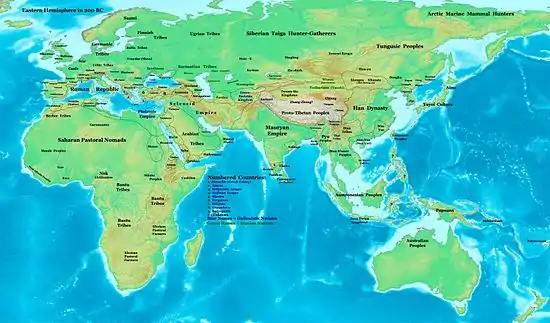


.jpeg.webp)


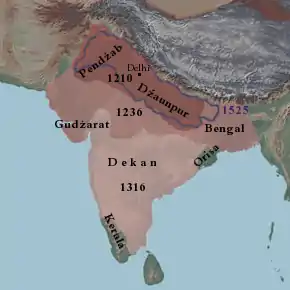
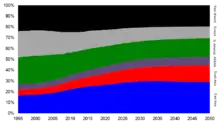


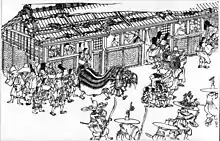
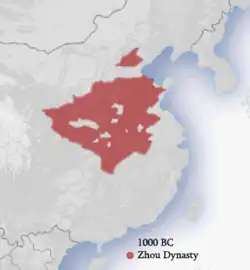
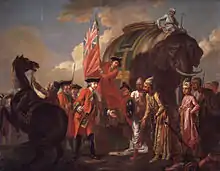
.jpg.webp)
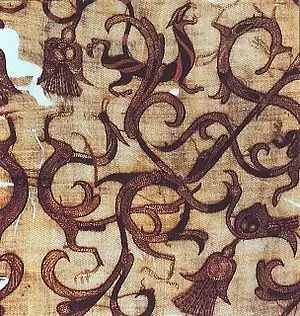
.jpg.webp)

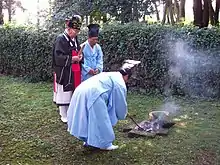

-Temple_Mount-Dome_of_the_Rock_(SE_exposure).jpg.webp)

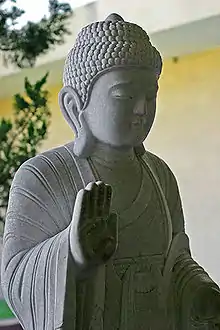
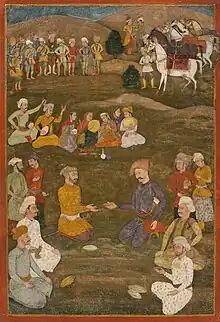
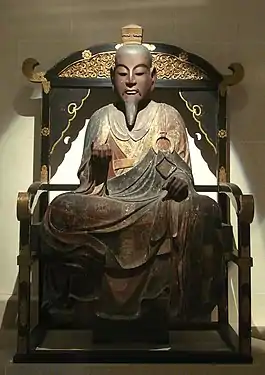

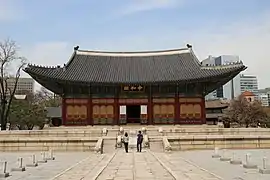
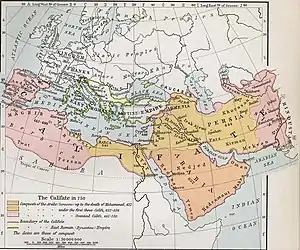
.jpg.webp)
.jpg.webp)
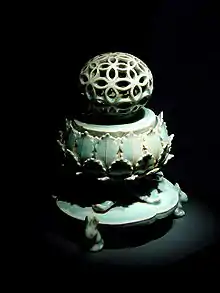
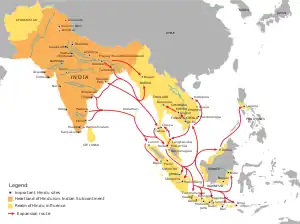

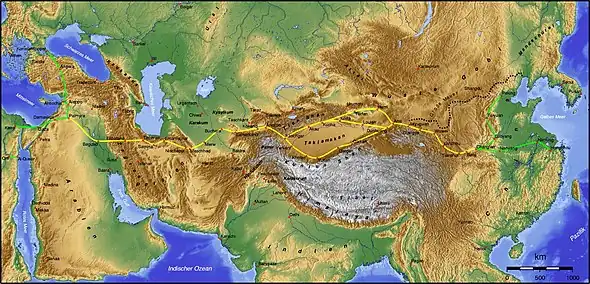


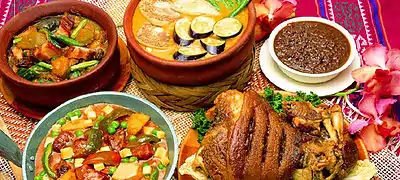


.png.webp)



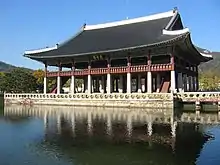
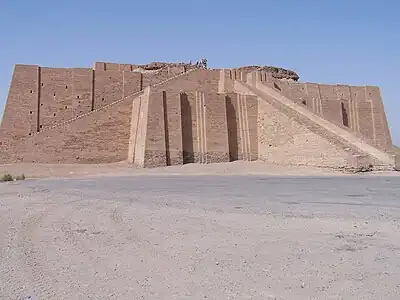

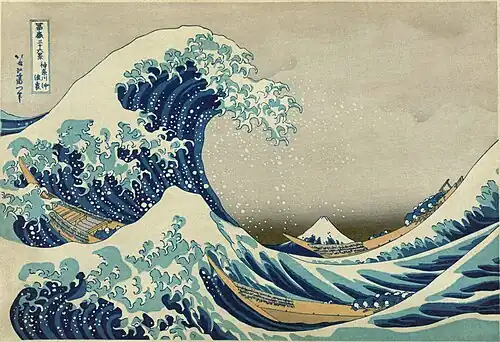



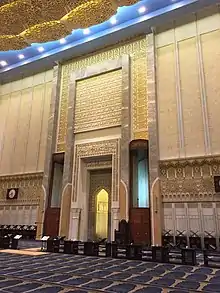

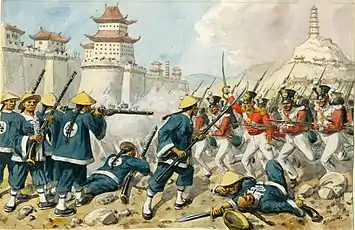

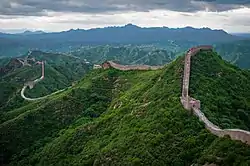
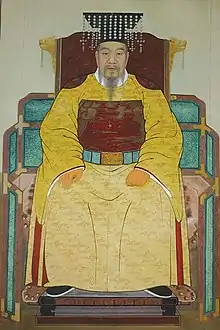
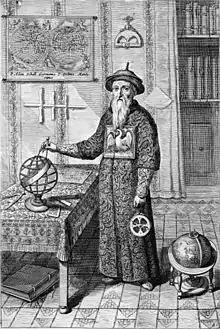

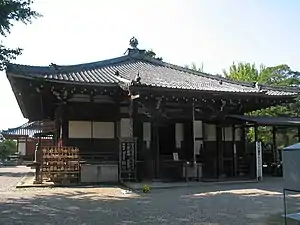

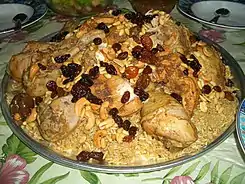



.jpg.webp)
